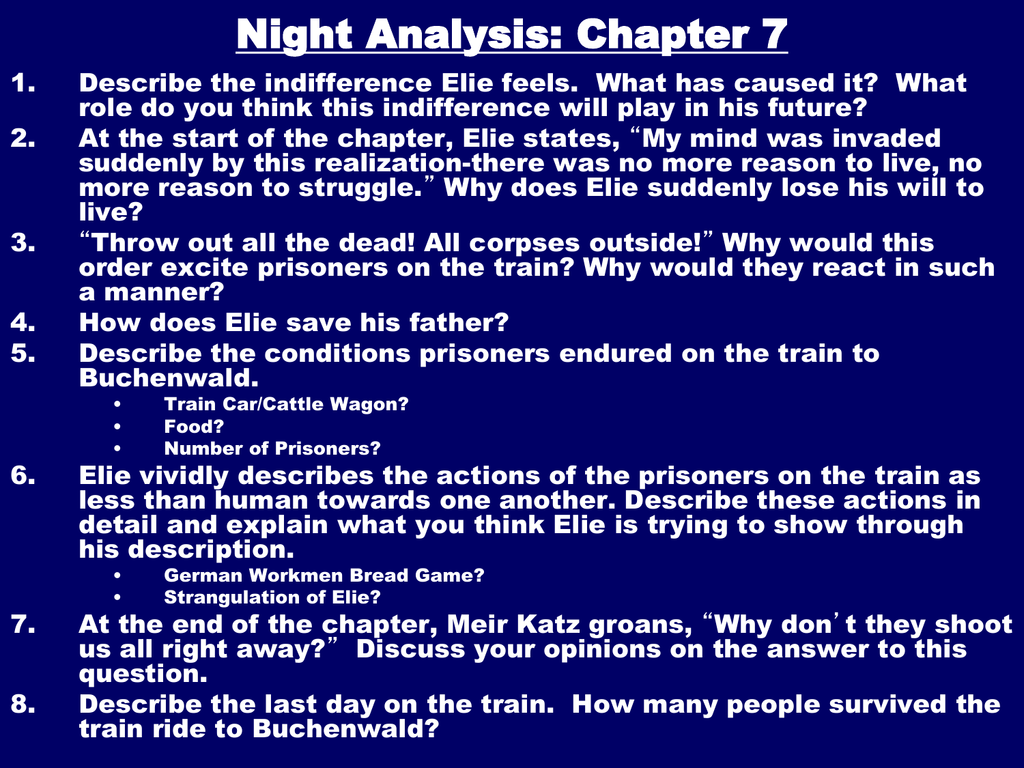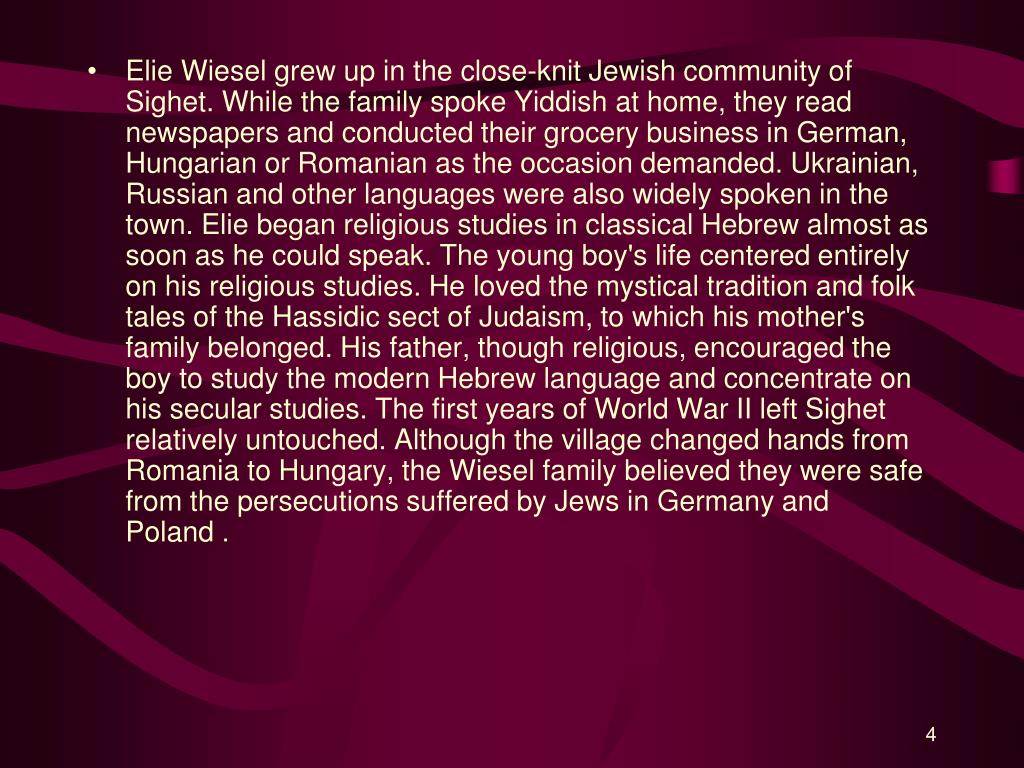
There are moments where the reader loses sight that these players are mere boys, playing a school game on an autumn night. Even Coach Gains loses perspective amidst the awesome force that the packed stadium unleashes. Towards the end of the chapter, Bissinger’s narrative shifts back to the season’s second game against Midland, where we witness the enormity of pressures placed on these boys in the wake of such grandeur. Overall, Bissinger paints Ivory as a contradiction, a boy who seeks to dispel his demons both through spiritual meditation and through the physical aggression of the field. This new devotion makes for a strange bedfellow with Ivory's other passion, for the rush and crush of the gridiron. In fact, Ivory had recently dedicated himself to God, and was spending lots of time as a youth minister with his community church. So while Ivory enjoys football, he does not identify himself by it. Thus, Ivory never developed inflated expectations like those Boobie Miles harbors, for fancy cars or legions of devoted girls. On the south side, there was no equivalent to either Permian's ‘Mojo’ or its resources (like chartered planes for away games). Though he played football there, he was a rare gifted player in a school that mostly focused on basketball. Born in Odessa's south side (a mostly black area), Ivory first attended Eton High. Ivory's past helps to explain his apathy. This ambivalence raises several questions about Ivory: how can a poor black boy in Odessa not care about exploiting his ticket to adoration, status, and white acceptance? Unlike many of his fellow players, Ivory neither expects nor seeks a future in football, even as his coaches extol his virtues and colleges pursue him. Ivory’s relationship with football constitutes a paradox - he loves it and he hates it. Much of this chapter is devoted to the peculiar boy named Ivory Christian. While blacks and whites would never mix in public, they can at least celebrate together at football games.

Interestingly, many minority citizens opposed desegregation as vehemently as whites did, for a related reason: they did not want to lose their star players and possibly see their community schools close as a result.Īlthough the racial profile at Permian has barely changed since desegregation, the Wall of Fame in the field house has become a testament to Permian’s new racial dynamic. School boundaries were eventually redrawn to allow poor black athletes to attend Permian. Over time, everyone in the white area of town accepted that their schools needed black athletes in order to compete. Ironically, desegregation started to occur not because of goodwill but because of football. At the time desegregation was legally mandated, Odessa had three high schools: Ector (90% minorities), Odessa High (93% white), and Permian (99% white). One positive effect of the immigrant influx is that it has hastened desegregation, which should have happened in Odessa decades earlier.

Akins has a particular sympathy for these immigrants, who perform jobs that others would never do. Bissinger quotes Lanita at length, especially her opinions on Mexican-Americans. Though a Permian football fan, Akins is also a humanist who understands how Odessa operates its own version of the Berlin Wall, one in the form of railroad tracks separating two sides of town.

One example is Lanita Akins, a white woman who finds the term offensive in any context. There are, of course, some who do not reflect this limited viewpoint. Instead, they recognize two categories of black people: those they see as hard working and ‘white’, and those they see as lazy, thieving, and welfare-dependent. In fact, twenty-four years after the Civil Rights Act was passed, most whites in the town do not see the word as derogatory. In Odessa, the word "nigger" is used liberally, to disparage not just blacks but also women and other racial minorities. Bissinger details Odessa's relationship with race in this chapter.


 0 kommentar(er)
0 kommentar(er)
